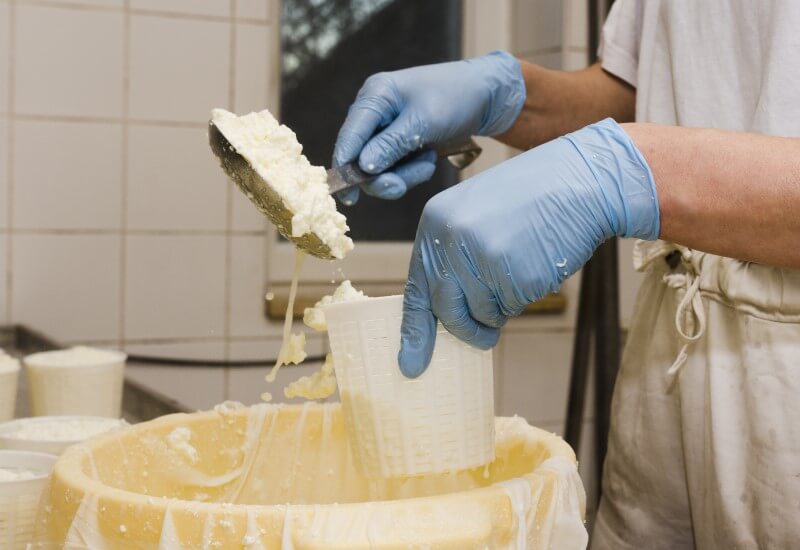Essential Equipment for Commercial Cheese Production

Cheese is one of the most beloved and versatile foods across the globe. From creamy burrata to stretchy mozzarella, its production is both an art and a science. Behind every block or ball of cheese lies a series of well-coordinated processes. These processes rely heavily on the specialized equipment to ensure quality, texture and consistency. For commercial kitchens, dairies and cheese production facilities, having the right equipment isn’t just a convenience; it’s the cornerstone of efficiency and food safety.
Let’s take a closer look at the essential equipment that transforms fresh milk into delicious, ready-to-serve cheese.
1: Milk Pasteurisers
Every great cheese begins with milk, but before it becomes curd and whey, it needs to be pasteurized. A milk pasteurizer heats raw milk to eliminate harmful bacteria while preserving natural enzymes that affect texture and taste.
Modern commercial pasteurizers offer precise temperature control, ensuring milk is heated to the ideal range, typically around 72°C for 15 seconds in the case of high-temperature short-time pasteurization. Automated systems make this process efficient, safe and compliant with dairy regulation.
2: Curdling Equipment
Once the milk is pasteurized, the next step is to add rennet and starter cultures to initiate curdling. Here, equipment like curd vats or cheese kettles plays a vital role.
These stainless steel vats maintain uniform heat and gentle agitation, helping enzymes and bacteria work evenly. Modern curd vats are equipped with automatic stirring mechanisms, temperature sensors and drainage systems. All of these are only possible when curd is formed consistently.
This stage defines the cheese moisture, texture and flavour, so precise equipment is essential to achieving that soft, stretchy cheese structure.
3: Cheese Curd Cutter
After the curd is formed, they must be cut to separate the whey. Enter the curd cutter or curd knife. A tool that ensures each piece is evenly sized for uniform cooking and moisture expulsion. Commercial setups often use automated curd cutting systems which use rotating blades or wires to slice through large batches quickly and precisely. This step significantly impacts yield and quality; smaller curds result in firmer cheese, while larger ones produce a softer texture.
4: The Cheese Stretcher
The cheese’s signature stretch comes from the cooking and stretching stage. The cheese cooker stretcher is a specialised piece of equipment that kneads curd in hot water or steam until it reaches that iconic elasticity.
Modern machines automate this labor-intensive process, allowing for consistent results and high-volume production without sacrificing texture. Adjustable paddles, temperature controls and continuous feeding systems make them ideal for industrial-scale makers.
5: Molding and Cooling Equipment
Once stretched, cheese must be shaped and cooled. Cheese molding machines form uniform balls, blocks and logs depending on product requirements. Immediately afterward, the cheese is transferred to cooling or brining tanks, which sets the texture and enhances flavor.
Automated molding systems minimize manual handling, reducing contamination risk, while brine tanks help achieve the right salt balance and shelf life.
6: Packaging and Storage Solutions
The final step in commercial cheese production is packaging, which preserves freshness and extends shelf life. Vacuum sealers and modified atmosphere packaging machines are commonly used to lock in flavor and prevent spoilage.
For storage, refrigerate cheese-ageing rooms or humidity-controlled cold rooms maintained at ideal conditions until the cheese is ready for shipment or use in a kitchen.
Cheese Journey
From pasteurization to packaging, each step in cheese production depends on precision-engineered equipment that supports consistency, hygiene and scalability. Whether you run a small creamery or a high-volume cheese processing unit, investing in the right tools ensures not only better product quality but also smoother operations.
After all, the transformation of simple milk into perfect cheese is a process where craftsmanship meets technology and the right equipment bridges that gap beautifully.
